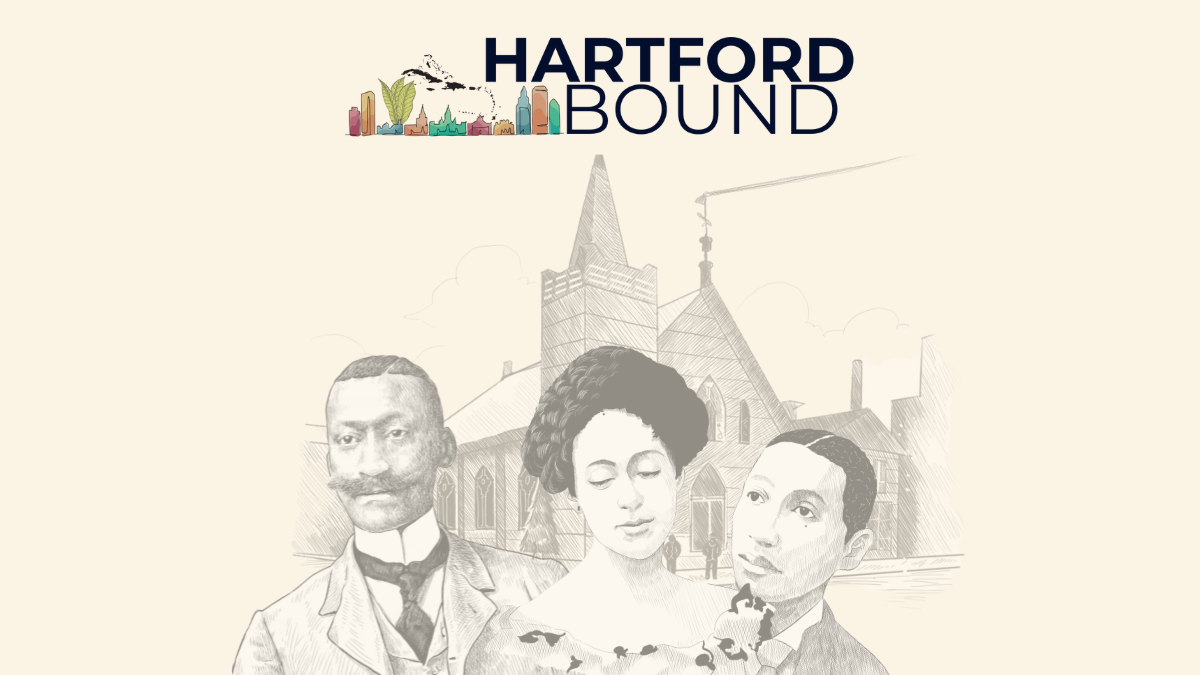James Mars was born into slavery in Canaan, CT on March 3, 1790. He had three brothers and two sisters.
His father, Jupiter, was born in Columbia County, NY and his mother, Fanny, was born in Loudoun County, VA. Both of his parents were born into slavery and brought to Canaan, CT by their enslavers.
In the 1790s, James's enslaver, Reverend Thompson, was planning a move to Virginia. This relocation would have disqualified the Mars family from Connecticut's gradual emancipation law. Under this law, their freedom would be guaranteed at the age of 25.
Jupiter escaped with his family to Norfolk, CT in the late 1790s. They lived on the run for a period of time, moving consistently between hiding places, before being discovered by Thompson in 1798. James and his brother, Joseph, were once again enslaved. His parents and sisters were granted freedom. James remained enslaved until his 21 th birthday in 1811.
Sometime between 1815 and 1830, James Mars moved to Hartford. There, he started a family and worked at a dry goods store. He had six children.
This map shows the distribution of the African American community in 1830 Hartford. Between 2 and 8 people lived in the blue blocks, between 9 and 17 people lived in the green blocks, and between 18 and 44 people lived in the yellow blocks.
While in Hartford, James became a prominent figure in the African American community, eventually becoming deacon of the Talcott Street Church . In this position of influence, he petitioned the Connecticut Legislature to grant Black men the right to vote and was an outspoken advocate for equal rights.
In 1845, James relocated to Pittsfield, MA with his family. While in Pittsfield, he wrote the autobiography Life of James Mars, a slave born and sold in Connecticut, which he published in Hartford in 1864.
James died on May 27, 1880 in Ashley Falls, MA. He was buried beside his father in Norfolk’s Center Cemetery. Their headstones remain to this day.
The exact location of James’s residence(s) is unknown.
James Mars
Emancipated slave and religious leader who worked tirelessly in advocating for emancipation, enfranchise, and the dignity of Black people.
With the publication of his narrative, James Mars (1790-1880) joined a small pantheon of enslaved people who provided first-hand accounts of the institution of slavery. His narrative, Life of James Mars, A Slave Born and Sold in Connecticut, explores his roots in Connecticut, the routes that brought him from Canaan and Norfolk to Hartford and his settlement in Pittsfield, Massachusetts. Mars lived in Hartford for 15 years and spent another 20 years in Pittsfield. He died in 1880 in Ashley Falls, about 10 miles over the Massachusetts border from his old Norfolk haunt. He is buried next to his father, Jupiter Mars, in Norfolk while his mother Fanny Mars is buried in Old North Cemetery in Hartford . Mars played a pivotal role in organizing the Talcott Street Church, Hartford’s first Black church. In his role as organizer, visionary, representative, mouthpiece, and deacon for this historic church, Mars became a formidable presence in advocating for his congregants in the wider Congregational world. At just 35 pages, this narrative is but a sliver of a life of experimentation, agency, courage, and vision. He worked tirelessly in advocating for emancipation, enfranchise, and the dignity of Black people.

Hispanic Heritage Month: CT Tobacco Industry Impact on Diversity











0 Comments